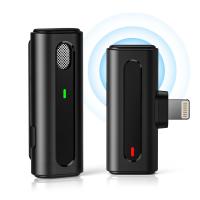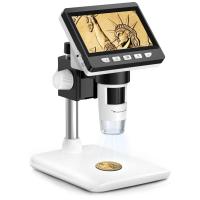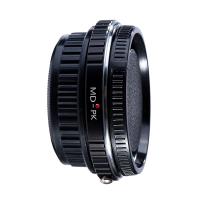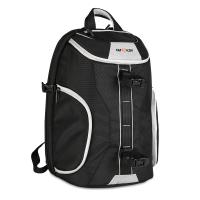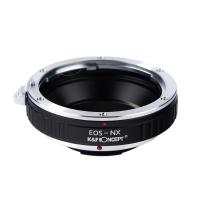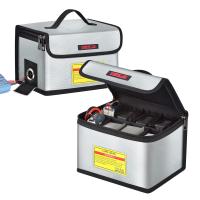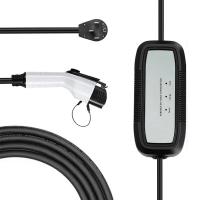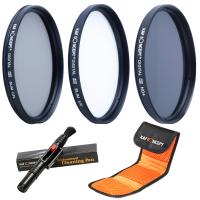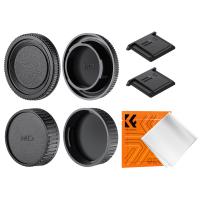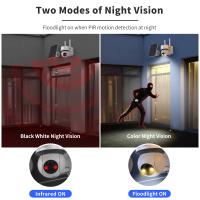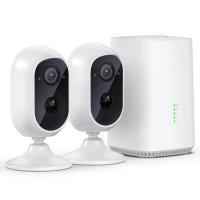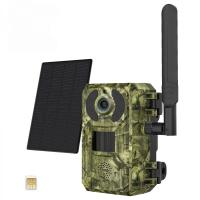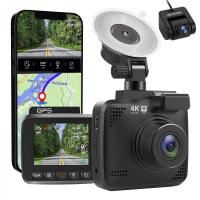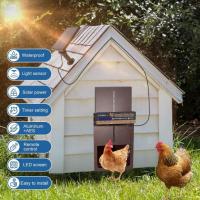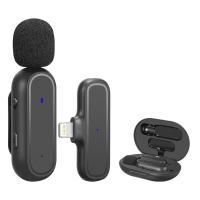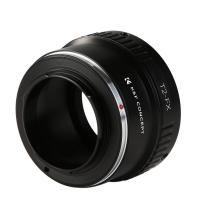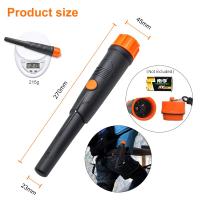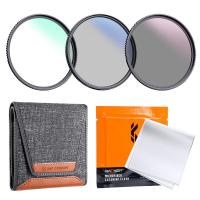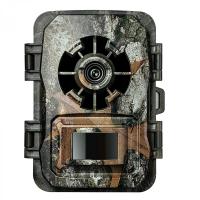How Far Can Security Cameras See At Night?
Security cameras have become an integral part of modern security systems, providing surveillance and peace of mind for both residential and commercial properties. One of the most common questions that arise when considering the installation of security cameras is their effectiveness at night. Specifically, how far can security cameras see at night? This question is crucial because many security breaches occur under the cover of darkness. In this article, we will delve into the factors that influence the night vision capabilities of security cameras, the types of cameras available, and practical tips for optimizing night-time surveillance.
Factors Influencing Night Vision Capabilities
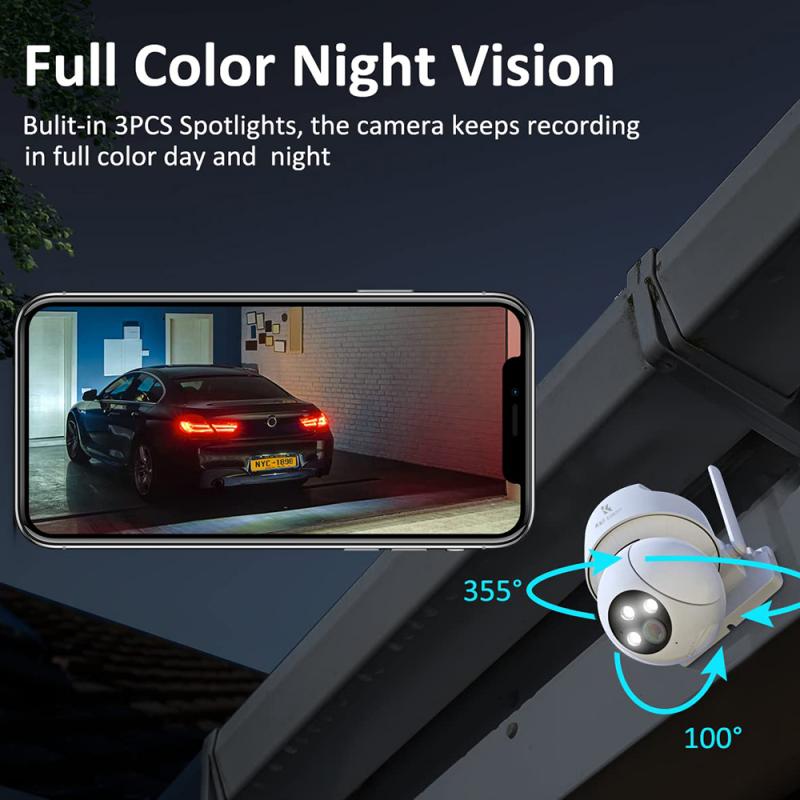
1. Infrared (IR) Illumination
Most security cameras designed for night-time use are equipped with infrared (IR) LEDs. These LEDs emit infrared light, which is invisible to the human eye but can be detected by the camera's sensor. The number and quality of IR LEDs significantly impact how far the camera can see at night. Generally, more LEDs and higher quality IR illumination result in better night vision.
2. Camera Lens and Sensor Quality
The quality of the camera lens and sensor also plays a critical role in night vision performance. High-resolution sensors can capture more detail, while high-quality lenses can focus light more effectively. Together, these components determine the clarity and range of the image captured in low-light conditions.
3. Ambient Light
Ambient light from streetlights, moonlight, or other sources can enhance the night vision capabilities of security cameras. Cameras with low-light sensitivity can leverage this ambient light to produce clearer images. Some advanced cameras are equipped with low-light technology, such as Starlight sensors, which can provide color images even in very low light conditions.
4. Field of View (FOV)
The field of view of a camera affects how much area it can cover. A wider FOV means the camera can monitor a larger area, but this can sometimes reduce the effective range of night vision. Conversely, a narrower FOV can focus the IR illumination more effectively, extending the range of night vision.
Types of Security Cameras and Their Night Vision Capabilities
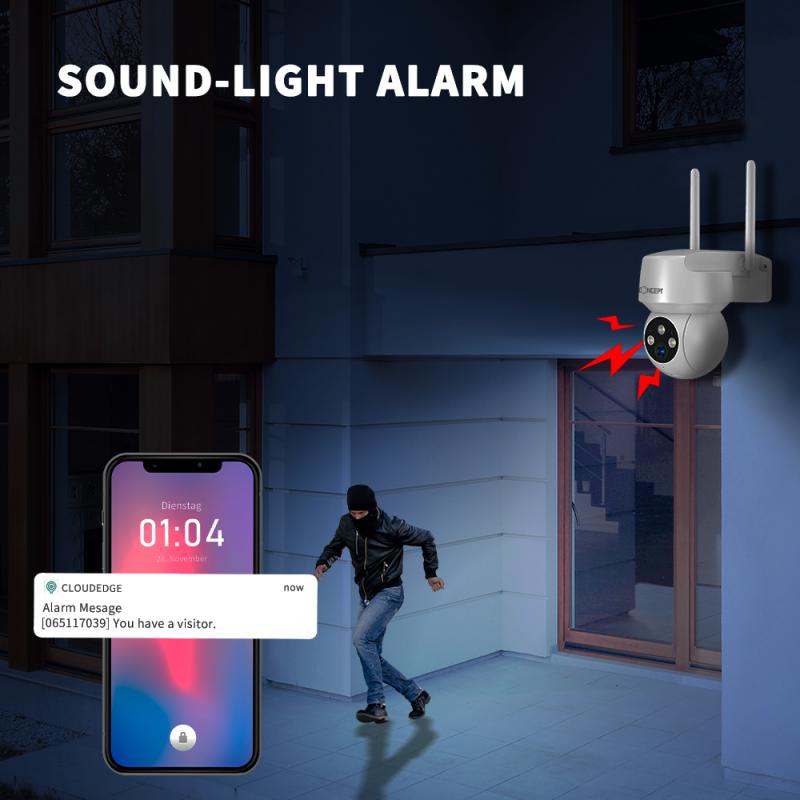
1. Bullet Cameras
Bullet cameras are typically cylindrical and are known for their long-range capabilities. They often come with powerful IR LEDs, making them suitable for monitoring large outdoor areas. High-end bullet cameras can see up to 150 feet or more at night.
2. Dome Cameras
Dome cameras are usually installed on ceilings and are designed to be less obtrusive. They are commonly used indoors but can also be used outdoors with appropriate weatherproofing. Their night vision range is generally shorter than bullet cameras, typically around 50 to 100 feet.
3. PTZ Cameras
Pan-Tilt-Zoom (PTZ) cameras offer the flexibility to pan, tilt, and zoom in on specific areas. They are often used in large, open spaces like parking lots or warehouses. PTZ cameras can have powerful night vision capabilities, with some models seeing up to 200 feet or more.
4. Turret Cameras
Turret cameras, also known as eyeball cameras, are similar to dome cameras but offer more flexibility in terms of positioning. They are often used in both indoor and outdoor settings. Their night vision range is comparable to dome cameras, typically around 50 to 100 feet.
Practical Tips for Optimizing Night-Time Surveillance
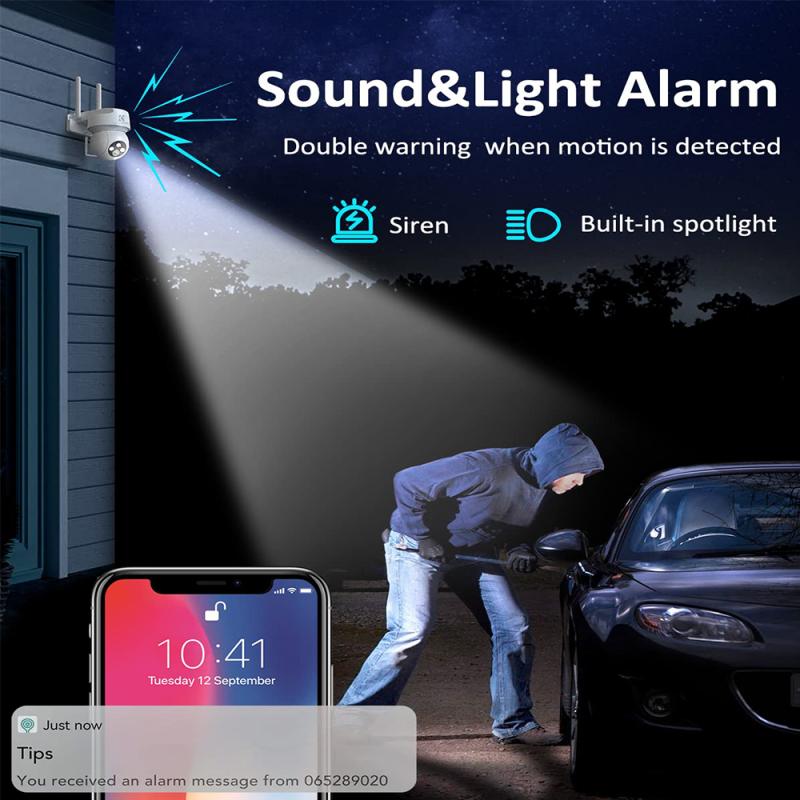
1. Positioning and Installation
Proper positioning and installation are crucial for maximizing the night vision capabilities of security cameras. Ensure that the camera is installed at an appropriate height and angle to cover the desired area. Avoid pointing the camera directly at bright light sources, as this can cause glare and reduce image quality.
2. Regular Maintenance
Regular maintenance of security cameras is essential to ensure optimal performance. Clean the camera lens and IR LEDs periodically to remove dust and debris that can obstruct the view. Check for any obstructions, such as overgrown vegetation, that may block the camera's line of sight.
3. Use of Additional Lighting
While IR illumination is effective, adding external lighting can significantly enhance night-time surveillance. Motion-activated lights can deter intruders and provide additional illumination for the camera. Ensure that the lighting is positioned to avoid creating shadows or glare that can obscure the camera's view.
4. Upgrading to Advanced Technology
Consider upgrading to cameras with advanced night vision technology, such as Starlight sensors or thermal imaging. Starlight cameras can provide color images in low-light conditions, while thermal cameras detect heat signatures, making them effective even in complete darkness.
The night vision capabilities of security cameras are influenced by several factors, including IR illumination, camera lens and sensor quality, ambient light, and field of view. Different types of cameras offer varying night vision ranges, with bullet and PTZ cameras generally providing the longest range. By understanding these factors and following practical tips for optimizing night-time surveillance, you can ensure that your security cameras provide effective monitoring and protection, even in the darkest conditions.
Investing in high-quality security cameras with robust night vision capabilities is a crucial step in safeguarding your property. Whether you are securing a residential home, a commercial establishment, or an expansive outdoor area, the right camera can make all the difference in detecting and deterring potential threats. By staying informed and proactive, you can enhance the security of your premises and enjoy greater peace of mind.


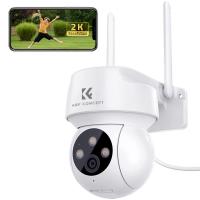

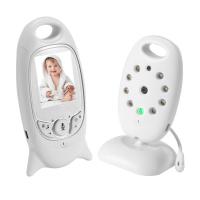
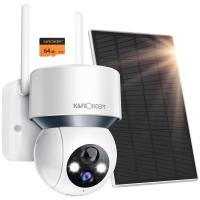
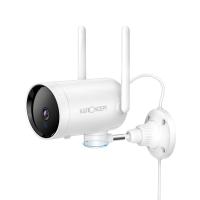
![[4X Optical Zoom] Recharge power Security Camera PTZ Outdoor for Home Security with Human Detection Auto Tracking-UK Standard [4X Optical Zoom] Recharge power Security Camera PTZ Outdoor for Home Security with Human Detection Auto Tracking-UK Standard](https://img.kentfaith.com/cache/catalog/products/us/KF50.0003/KF50.0003-1-200x200.jpg)
